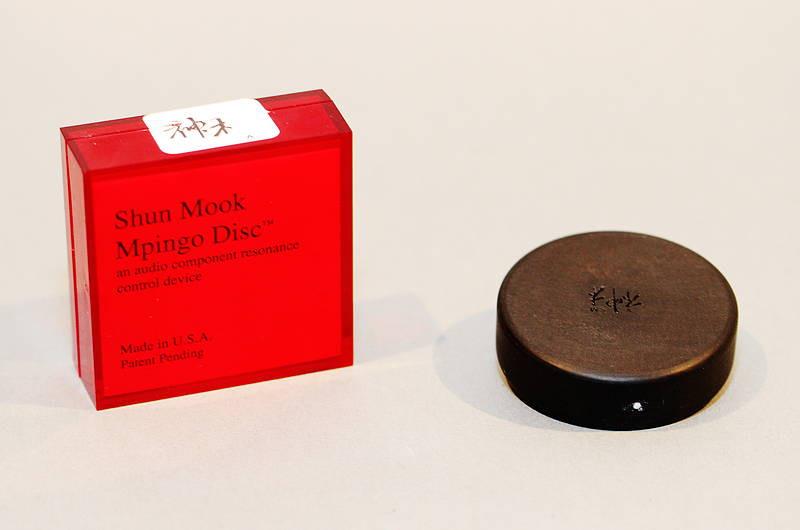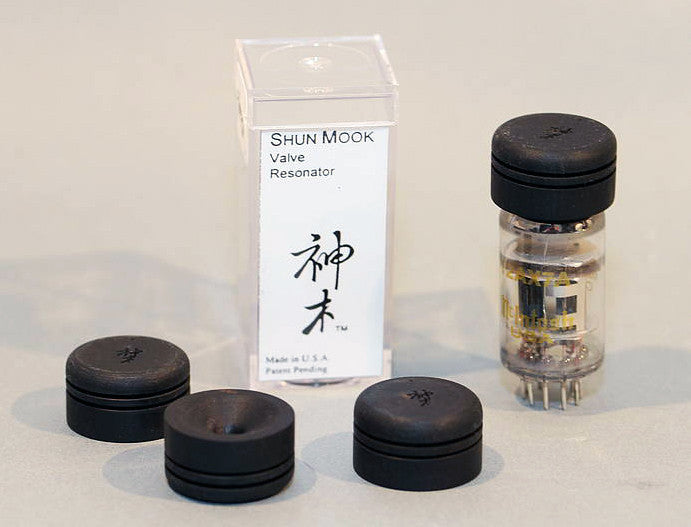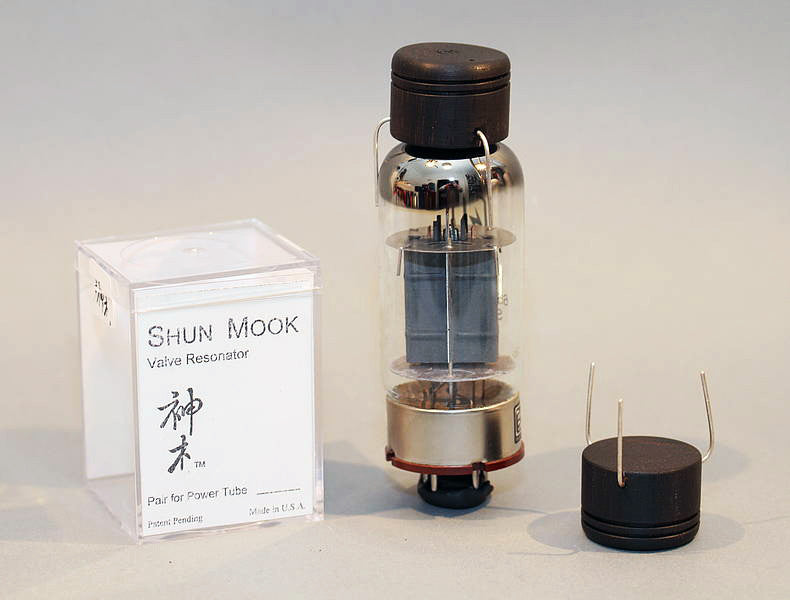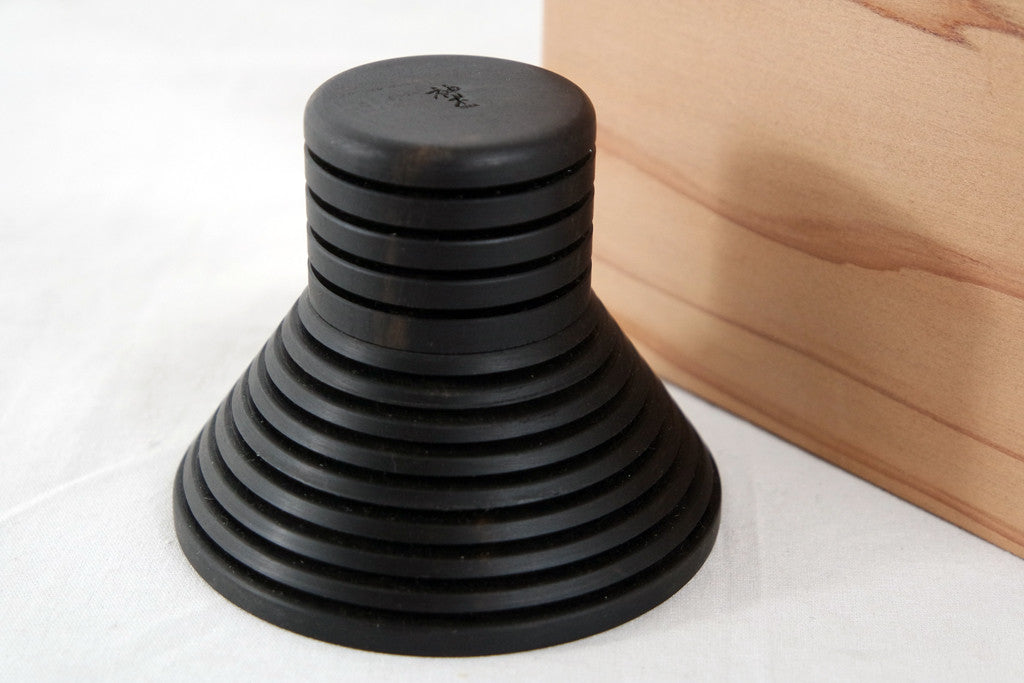Shun Mook
 Shun Mook has been around since many years crafting audio tuning devices made of African Mpingo Ebony wood.
Shun Mook has been around since many years crafting audio tuning devices made of African Mpingo Ebony wood.
Shun Mook is not black magic but very simple physics. Sympathetic resonance is the main principal behind it. As in high school you have experimented with tuning forks. Strike one fork of one frequency and bring it next to a same stationary fork, this one will start to react without even touching it.
Sound as we know it is movement of air caused by the pulsation or vibration of some material. The quality of this movement is the result of resonance of the material providing this vibration. Different material gives out a difference resonance character. For example steel, glass, marble, wood all has their resonance signature. Musical instruments produce sound from vibration of its material - to give us different pitches and frequencies of sound.
The inherent cellular resonance produces the type of sound produced. Strings - from a box of wood of various sizes and shape. Woodwind - from sections of tubes with holes in varies positions. Brass - by forcing of air through a metal tube.. Precussions - by beating of skin on frames of wood etc etc. All these are the result of resonance of the material at the cellular level producing sound as we know it.
Shun Mook devices are made from mpingo ebony wood. Mpingo - in Africa means tree that sings. Ebony wood has the most musical properties in its resonance characteristics or else the string instruments will not be using them as fingerboards and woodwinds will not use it for its body.
Most tuning devices aims to cancel or absorb resonance, these are actually resonance from non-musical materials, like steel, brass, lead, glass, marble, granite, plastic, rubber, MDF wood, etc. The resonance from these material are damaging the sound produced by the loudspeaker and therefore has to be controlled.
Energy cannot be destroyed, that is a given in physics, that is as far as we know. Most devices attempts to damp, absorb or isolate the vibrations from these material but cannot cure the fundemantle problem. You think the rubber feet at the base of the amplifier dampens the vibration, yet it only stores the energy for the moment and delay a release back to the system with the rubber resonance mixed in as a feed back. That’s why air bags and pressurized air suspensions does not work well due to the time delay feed back of the negative energy (non-musical). Heavy composite of steel, lead and plastic also just delays the bad resonance and smear up the signal in micro seconds delay.
With Shun Mook we channel away the bad sounding resonance energy because it cannot be destroyed. Just as you cannot stop a flood with a wall you have to dig a cannel to divert it. In this case we use our diamond tipped resonators. The diamond crystal being the hardest material on Earth can release the vibration instantly while the ebony wood body acts like a reservoir for the musical energy to excite the resonance energy in its body. Hence this musical energy is feed back into the system while the diamond acts like a mechanical diode – pass the unwanted vibration out one way.
Of course we have some trade secrets as how to enhance this wood and determine the maximum direction of the flow resonance energy in a piece of ebony. Anyone can make an ebony disc with real ebony, in fact 20 years ago when our disc first hit the market in Hong Kong, within a few hours it was dissect by some copy cat who did try and make some disc of their own but of course was never successful. All they have are some duds - not alive.
Last five years Shun Mook has been involved in applying this technique in concert hall design and tuning. To this day three major concert halls has applied Shun Mook devices to enhance the acoustics in South Korea.





























